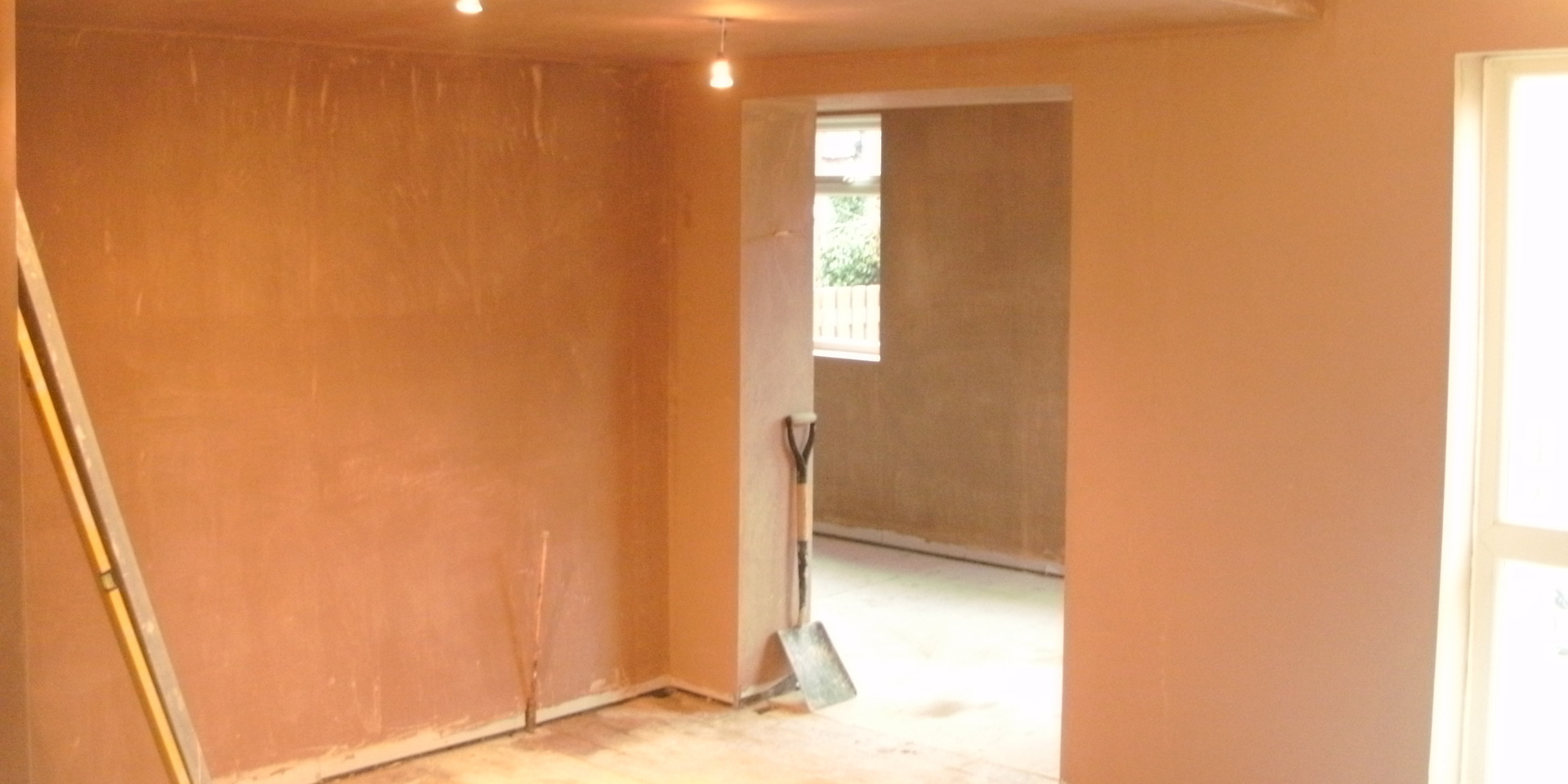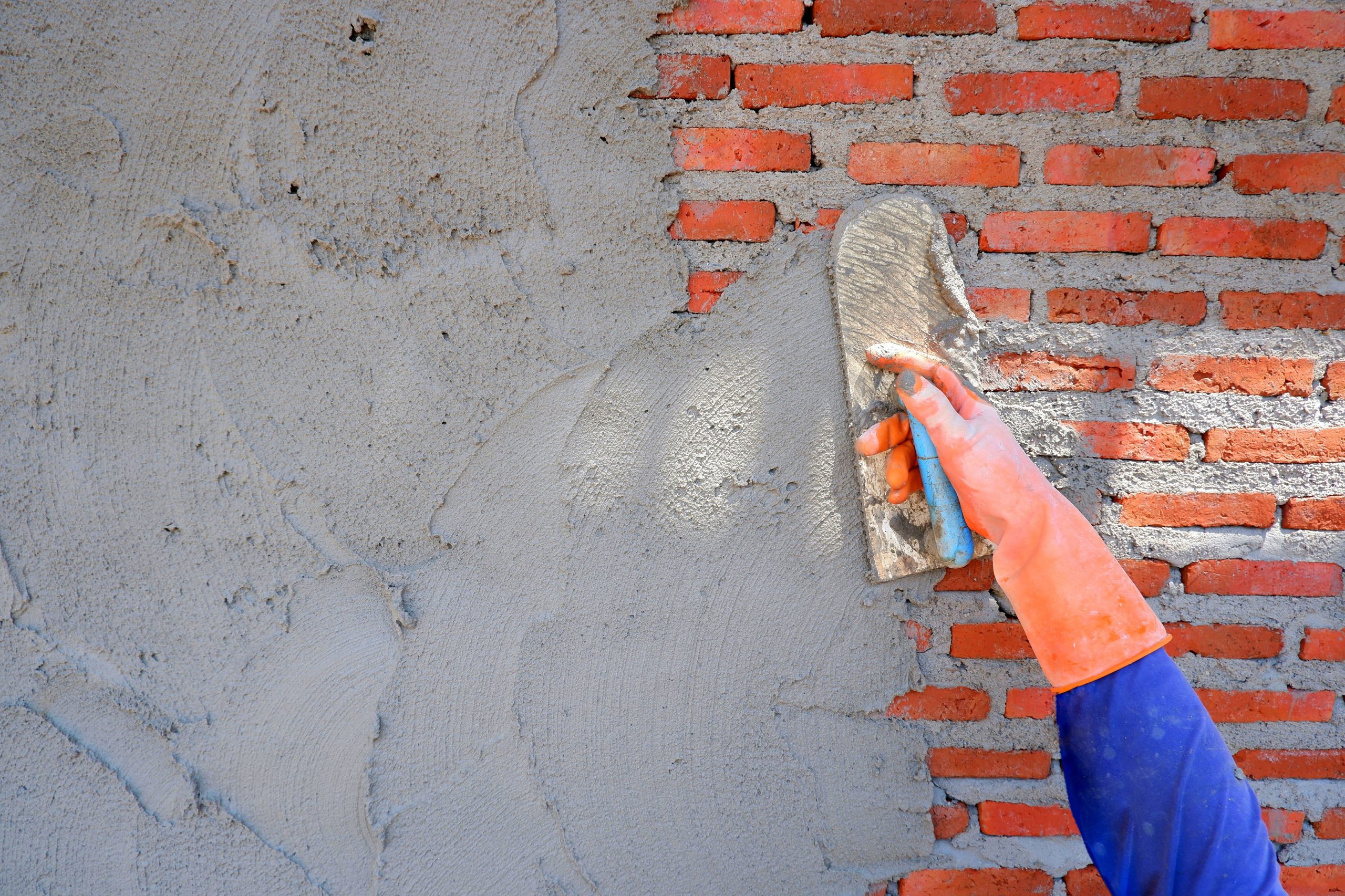Expert Tips for Perfect Plastering: Achieve a Perfect End Up Whenever
Expert Tips for Perfect Plastering: Achieve a Perfect End Up Whenever
Blog Article
A Comprehensive Guide to Mastering Plastering Skills for Your Renovation Needs

Essential Tools and Products
Various crucial devices serve distinctive functions, ensuring performance and precision throughout the smudging procedure. A premium trowel, for instance, is crucial for using and smoothing plaster, while a hawk gives a stable system for holding the product.
Along with devices, selecting the appropriate plastering materials is essential. Gypsum-based plasters are generally chosen for their convenience and simplicity of use, while cement-based alternatives are suitable for exterior applications because of their sturdiness. Water and bonding representatives play considerable duties in achieving appropriate consistency and bond, ensuring that the plaster sticks efficiently to the surface area.
Furthermore, safety gear such as gloves, masks, and safety glasses is vital to safeguard versus dust and irritability during the application process. By assembling the appropriate mix of products and tools, plasterers can boost their ability and create premium coatings, inevitably raising the total workmanship of their work.
Preparing Surfaces for Gluing
Accomplishing a smooth and long lasting plaster surface begins with precise preparation of the surfaces to be glued. This foundational action is important to making sure bond and the long life of the plaster. Start by examining the condition of the substrate-- whether it is drywall, concrete, or masonry-- getting rid of any kind of loosened paint, dust, or debris that may interfere with bonding.
Next, fix any imperfections such as cracks or openings. Make use of a suitable filler to accomplish a degree surface; this can be important for stopping future concerns. Once repaired, ensure the surface is tidy and dry, as wetness can compromise plaster adherence.
For permeable surface areas, it is a good idea to apply a bonding representative. This item boosts adhesion and develops a reliable interface between the plaster and substrate. If collaborating with formerly plastered surface areas, it might be required to mess up or sand the area gently to supply a key for the brand-new plaster layer.
Gluing Strategies and Tips
Grasping plastering methods calls for both skill and method to attain a remarkable coating. One vital technique is the application of the plaster in several thin layers, instead of a single thick layer. This approach permits far better attachment and decreases the risk of cracking. Beginning with a base coat, guaranteeing it is evenly spread out and leveled with a hawk and trowel. Make use of a straightedge to look for any type of flaws before carrying on to succeeding layers.
When using the coating coat, use a shoveling method that includes holding the trowel at a mild angle and working in a round motion. This helps to develop a smooth surface and lowers the appearance of trowel marks. Furthermore, maintain a spray bottle of water handy to mist the surface gently; this keeps the plaster practical and enables smoother completing.
Timing is critical; job effectively, as the plaster begins to establish. Once the plaster has actually firmed up however is still moist, make use of a moist sponge to carefully smooth the surface further. Lastly, enable appropriate drying out time before fining sand or painting, guaranteeing your hard job leads to an expert, high-grade finish.
Typical Mistakes to Prevent

An additional usual mistake is using plaster too thickly. Overzealous applications can result in fracturing and extended drying out times. It's important to apply plaster in slim, also layers, allowing each coat to dry sufficiently before adding much more.
In addition, not using the right devices can prevent the top quality of the coating. Using improper trowels or mixers can produce incongruities in the plastering process. Always decide for premium devices created for smudging jobs.
Last but not least, several individuals ignore the importance of timing. Operating in unsuitable temperatures or humidity degrees can negatively influence plaster drying and healing. It is suggested to check climate condition and adjust your timetable as necessary.
Completing Touches for a Professional Appearance
The last stages of a smudging job are essential for achieving a polished, expert appearance. As soon as the plaster has dried out completely, the next action is to examine the surface for flaws. Small bumps, openings, or unequal locations must be addressed using great sandpaper or a sanding block. This precise interest to information is vital for ensuring a smooth coating.
After fining sand, it's suggested to clean up the surface area to eliminate any type of dust and particles. A damp cloth is efficient for this purpose, adhered to by a detailed drying period. If needed, applying a slim layer of completing plaster can improve the surface area better, supplying a seamless coating.
When the finishing plaster is completely dry, one more round of sanding may be required to attain the preferred level of smoothness. Finally, think about using a primer prior to painting or wallpapering, which will certainly improve attachment and toughness.
Conclusion
Mastering gluing abilities significantly enhances the quality of restoration jobs. An extensive understanding of essential tools, surface prep work, and reliable strategies is important find more for accomplishing professional outcomes.
Water and bonding representatives play considerable duties in achieving appropriate consistency and adhesion, guaranteeing that the plaster adheres effectively to the surface area. Plastering.


Furthermore, keep a spray bottle of water handy to Visit Your URL mist the surface lightly; this keeps the plaster workable and permits for smoother completing. (Plastering)
If necessary, using a thin layer of finishing plaster can improve the surface even more, offering a smooth finish.
Report this page